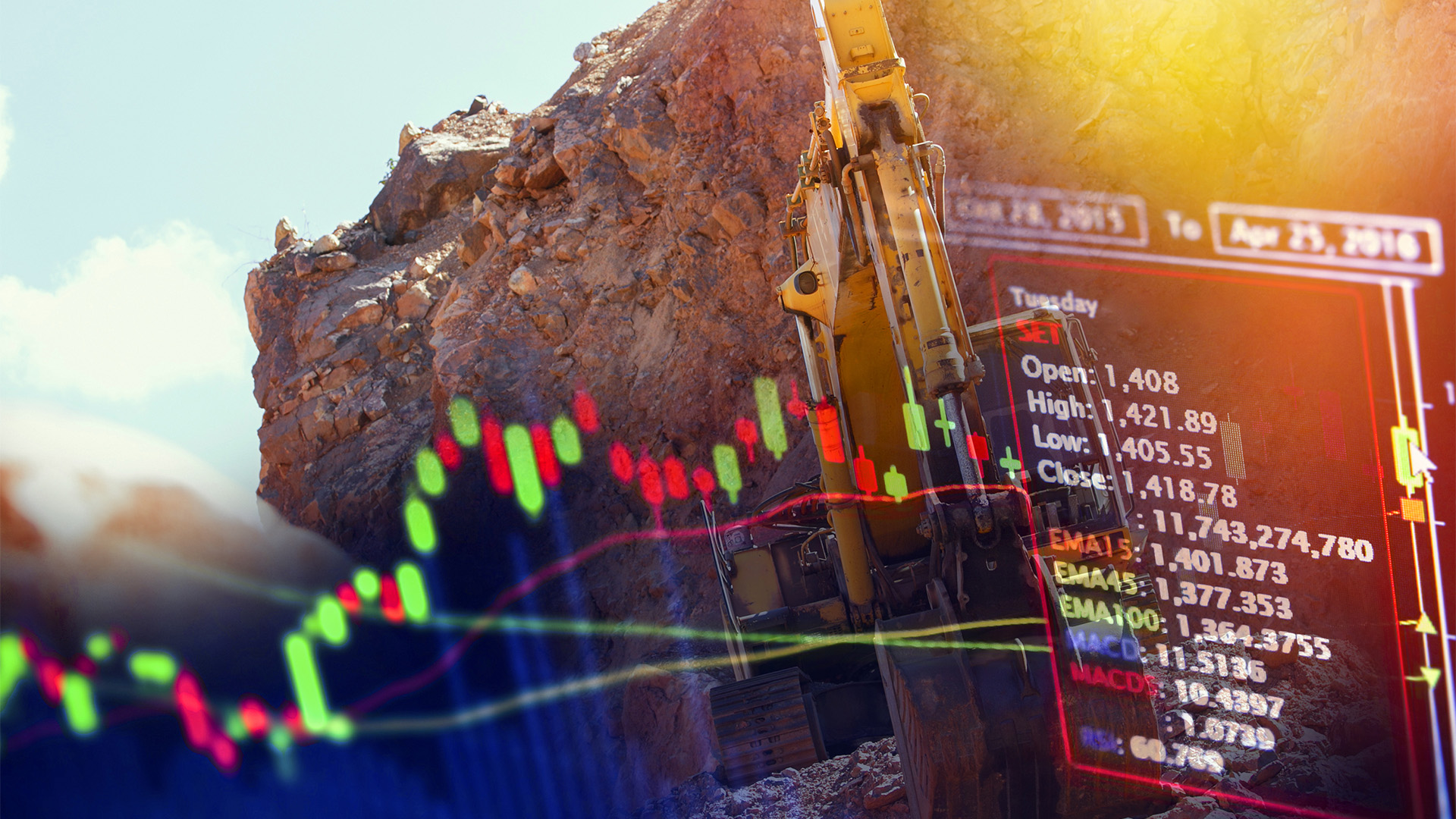Late last week, conflicting price movements were observed in two key industrial metals, with China serving as the common link. Copper surged to multi-month highs while iron ore slumped sharply to below $US100 a tonne on Friday in Singapore.
The slide in iron ore prices saw the price of 62% Fe fines (Pilbara blend type ore) end at $US99.60 per tonne on the SGX commodities market in Singapore, marking a decrease of more than 10% from the $US115.18 close the previous Friday and 30% lower than the end of 2023.
On the other hand, copper closed at just over $US4.12 a pound in New York, up nearly 6% for the week and for the year so far due to shortages of concentrates following a major mine closure and cuts to production by another major miner, along with problems at other mines worldwide.
The news that iron ore stocks at the 45 major Chinese ports rose for a 12th consecutive week last week will likely combine with the price fall in Singapore and send the share prices of major exporters lower on Monday.
According to the Shanghai Metals Market report, port stocks increased by just over a million tonnes over the week to 139.15 million tonnes – the highest since early 2023, indicating a significant impact on the steel industry due to weakening demand.
Major exporters such as BHP and Rio Tinto experienced declines in share prices, with Fortescue being particularly affected, slumping more than 6% due to its lack of copper in its portfolio. Vale, which has copper but more nickel, saw a significant slide of nearly 7% last week.
The shortage of concentrates in the copper market was exacerbated by the closure of the Cobre Panama mine owned by First Quantum Minerals and output forecast reductions by Anglo American. Additionally, production from Zambia in central Africa is under threat due to growing drought and water shortages.
The shortage of concentrates led to multi-year lows in Treatment and Refining Charges (TC/RC), resulting in China's processing sector running at increasing losses since the beginning of the year.
While there is a shortfall in supply, there is also a slowdown in demand, with stockpiles tracked by the Shanghai Futures Exchange surging to the highest level since the early days of the pandemic in 2020.
Reuters reports that over the next few weeks, investors will closely monitor Shanghai exchange inventories to gauge both the strength of Chinese demand and the extent of any capacity curtailments.
Copper and other metal prices on the LME were constrained by a stronger dollar, making greenback-priced metals more expensive to holders of other currencies. However, supply disruptions in nickel in Indonesia and zinc in South Korea helped push LME nickel and zinc prices, which saw their fifth straight weekly gain.
Nickel prices ended just under $US18,000 a tonne on the LME on Friday, up more than 9% in the past month but still down 11% in the past six months due to ongoing disputes over quotas in Indonesia.














